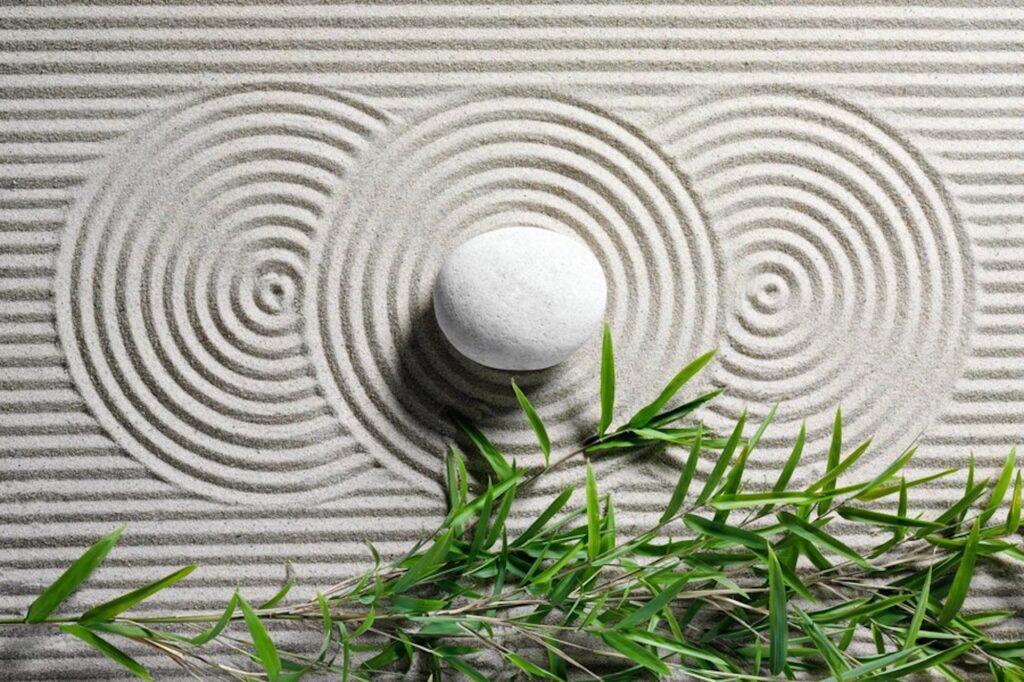Maria Tibblin, Hospitality Interior Designer based in London, was asked by hospitality publication Sleep & Eat to provide insight into how hoteliers can create spaces that guests will feel safe to return to in 2020. This is a summary of her response. The full article can be read here.
How can we create hospitality spaces that guests affected by the pandemic will feel comfortable to visit and stay in? Here Maria Tibbblin shares nine elements of interior design that can put returning guests at ease and create healthy spaces where people will thrive.
1. Respecting the five senses
The five human senses are the sense of sight, hearing, touch, smell, and taste. These five senses play a unique role by receiving signal information from the environment through the sense organs, which affects our mood and feelings.
It can be both calming or energising and evoke positive or negative emotions. Senses can bring back memories, and we can use it in interior design to enhance the feelings of guests. When we go away for a holiday or a long weekend, we hope to reboot our energy levels and return refreshed. I believe it’s important for hotel environments to provide sensory experiences for guests that gives them a quality night’s sleep and the ability to rest and unplug. A good sleep makes a happy guest.
2. Biophilia
Incorporating natural elements into design is known to increase how we feel in a positive way. We know the benefits nature can have on our wellbeing and health are significant. Therefore, the use of wood, stone, water features and, of course, greenery, can help to produce a calming effect in a space. It’s also beautiful to look at and it connects people in a natural way.

3. Sustainable materials
It’s extremely important for us to choose locally made, high-quality materials to support local communities and inspire global change. Off-gassing of toxic chemicals from furniture, carpeting and other materials, can be a health hazard. So, using sustainable, natural materials where we know the supply chain is crucial for our industry in order to help improve the environments and spaces that we design and do our part for sustainability.
4. Flooring
Flooring is incredibly important in design and also for health. Hardwood gives a space character and it is easy to keep clean, which is an advantage for preventing allergies. If harvested in a sustainable way from FSC (Forest Stewardship Council) certified suppliers, is a beautiful, natural, and long-lasting type of flooring. The FSC certification ensures wood is harvested from forests that are responsibly managed, socially beneficial, environmentally conscious, and economically viable.
If we look at carpets, which many people love for the warmth and comforting atmosphere carpets create, we could opt for natural wool. It is durable and naturally resists moisture and stains. Although it’s important to note that the soft fibres in a carpet can harbour allergens.
5. Colours
Colour has a great impact on how we feel. Research has shown that we are influenced by colour in our interior environments. Tonally homogenous, monotonous colour schemes give a calming effect, but also can trigger restlessness.
Extremely bright coloured spaces can lead to physiological responses, such as increases in muscle tension and heart rate. As designers we need to set a combination of colours, saturation, contrast, light, and texture to provide balance and stress relief to enhance the inhabitant’s sense of wellbeing.

6. Simplicity
For me as an interior designer, to design with simplicity in mind gives me the sense of clarity to have a purpose for every piece brought into a space. It helps me to work with consciousness in regards to flow and respect to architecture and environment.
This style has influenced designers and creatives for decades, and in present times we are becoming more aware and present in the spaces and environment that we inhabit, and simplicity can give us the opportunity to see the world around us more clearly.
7. Flow in a room
Natural resources from the earth enabled ancient design concepts, such as Feng Shui from China, and Vastu Shastra from India, have been recognised for their benefits, and integrated into our modern designs with the respect to the flow in a space or the balance and harmony in a room.
If we design aesthetic, healthy spaces for people to stay in that accommodate all five senses and make them feel good, we can enhance people’s wellbeing.
8. The Sense of Beauty
Beauty makes us feel good. In our daily lives, we’re constantly searching for beauty around us. This beauty can be found in our connection with other people, but it’s also largely found through our five senses; when seeing, feeling, hearing, tasting or smelling something that gives us pleasure.
If we create environments with a focus on the impact they have on the wellbeing and health of the people who use them, we can create truly beautiful, healthy spaces where people can thrive. This can be achieved through creating aesthetic spaces that are beautiful in appearance, but also in functionality and how they make us feel.
9. Functionality
I design by the motto by William Morris: “Have nothing in your houses that you do not know to be useful or believe to be beautiful.”
Everything in a space should have a purpose. Free the environment from clutter and keep it functional. For the hospitality industry this is particularly important to be aware of, to meet the needs of the guest of the future.
Words by Maria Tibblin. Visit Sleep & Eat for the full article.
Maria Tibblin is a Scandinavian Interior Designer based in London, UK, specialising in hospitality interior design. View Maria’s Design Concept to find out more.
